It was a few minutes after 1:00 pm and I was sitting in the oldest restaurant in the world. I’d been sampling a glass of tinto and munching on green beans and suckling pig. Hemingway wrote about it in several of his novels and Sobrino de Botin is in the Guinness Book of World Records for being the oldest continually running restaurant in the world (since 1725). Francisco Goya reportedly worked there before he became a well-known artist. Finding the restaurant and getting a table was a definite check off on my travel bucket list, but I’d really come to Madrid to see Goya. According to the management he’d gotten off work about 170 years ago.
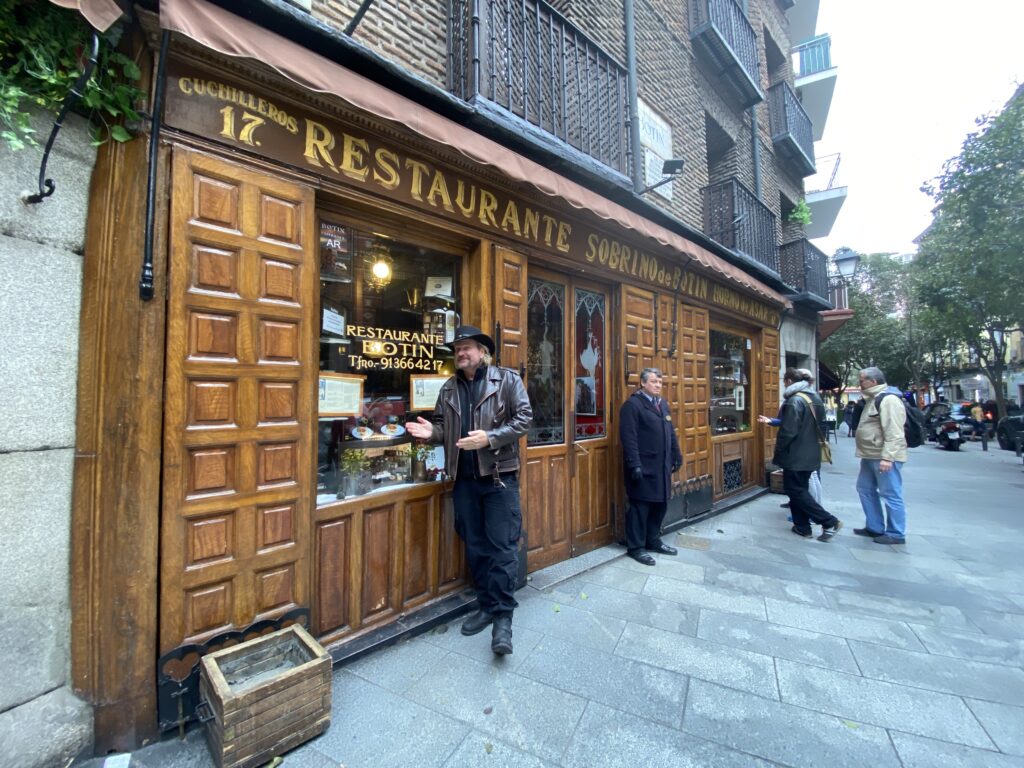
Photo: Natalia Victoria
Actually this trip wasn’t just about Goya.It was about Picasso, Bosch. Miro. I don’t even really like Miro, but that’s never stopped me from wandering through gallery after gallery looking for names and brush strokes I recognize. Madrid has one of the finest triad of museums in the world. Everyone has heard of Prado and Sofia Reina has a large following, but I’m guessing because Thyssen-Bornemisza is so hard to pronounce, the three museums are simply referred to as “The Golden Triangle of Art”. These museums collectively put Madrid in the same league as Florence or Paris for art, and they are ridiculously accessible.
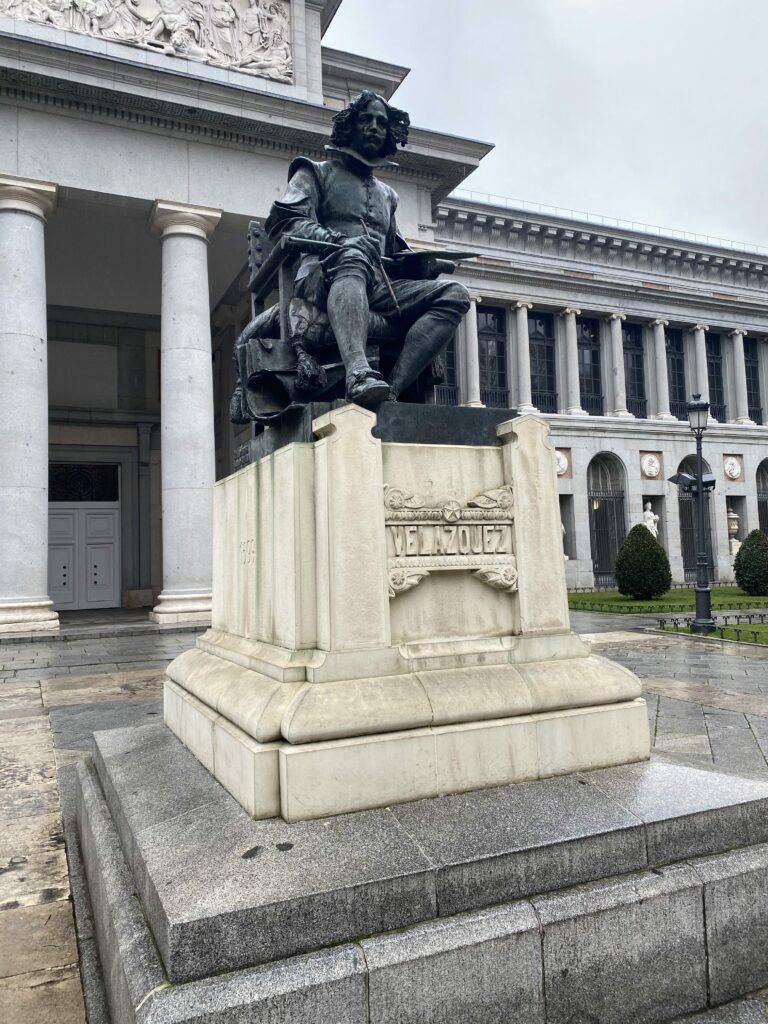
Photo: Bill Wiatrak
I stayed at the Hotel Mediodia, a mid-range property that couldn’t have been any more convenient. It was literally next door to the Sofia Reina museum. My balcony overlooked the entrance to the building and I could almost see the paintings on the second floor. There’s a metro stop right outside the hotel as well that connects you to the airport for 2 Euros (or anywhere else in Madrid). Prado and Thyssen-Bornemisza are within a 10 minute walk. There’s a hundred restaurants all within a few moments. If that’s not enough choices, Madrid has almost 11,000 restaurants. My point is, you can show up to Madrid for a few a days on a cheap flight, without a car and totally immerse yourself in art and great food without spending a fortune.
To visit all three museums, purchase a 3-in-one ticket for 30 Euros. You’ll save a bit of money than buying tickets separately at the museums and you can skip the horrendous ticket line at Prado. The ticket is good for a year and includes all three museums’ permanent collections.
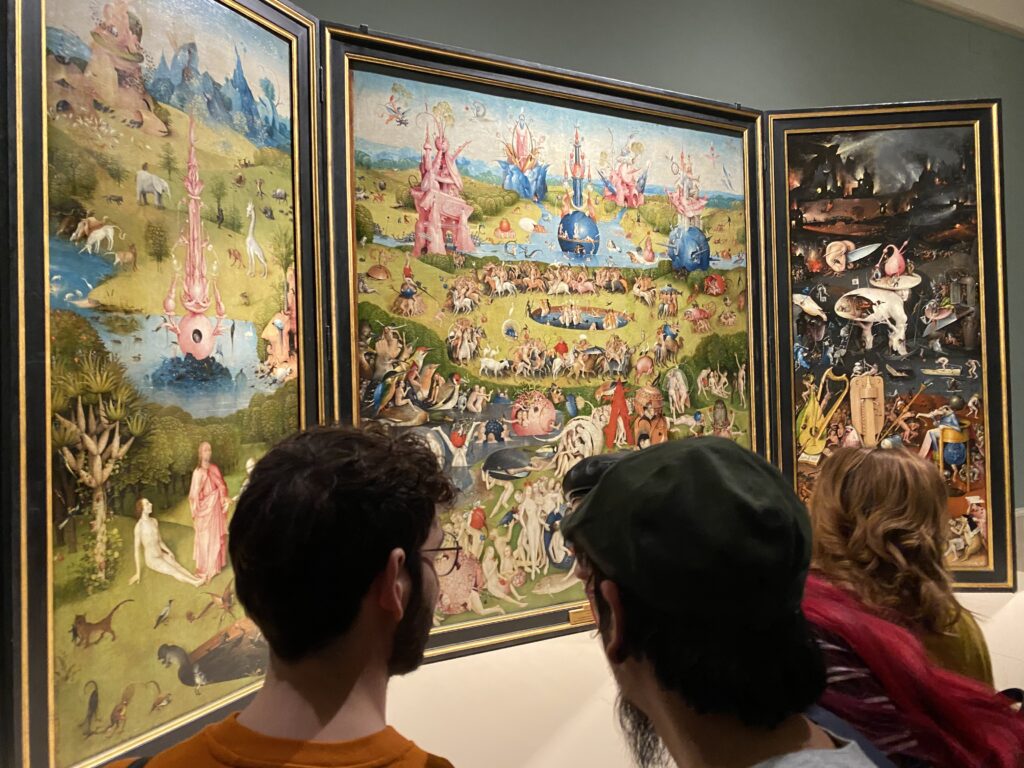
Photo: Bill Wiatrak
The Prado was my first stop. So as to not be overwhelmed, I decided to visit it my first day and then see the other two on my second day. I was particularly excited to see Hieronymus Bosch’s Garden of Earthly Delights. It’s been on my bucket list since I first studied it in an art class almost a decade ago. The Prado is comparable to the Louvre when it comes to crowds and popularity. It can be a little overwhelming, so grab a bite before you get there and leave your backpack behind. Photography is not allowed (so ignore these photos I didn’t take there). Usually a rule of this kind is created because of camera-abusing tourists with selfie sticks that take 5 minute long photo shoots while others are waiting. You know who you are.
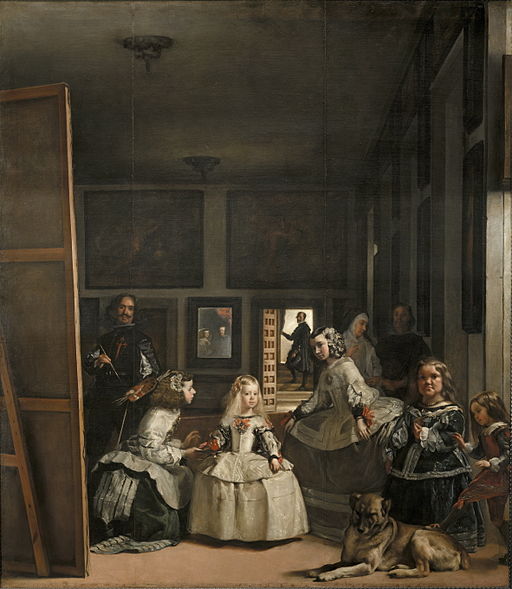
Photo: Wikicommons
Hieronymus didn’t disappoint. His depiction of hell is so freaky that even Stephen King would probably be queasy. Modern day horror movies have borrowed heavily from Bosch’s masterpiece and to see this triptych over 500 years after it’s creation is amazing. After seeing Bosch, many museum visitors head towards Prado’s other big star, Diego Velasquez. His most famous work, Las Meninas, commands the room in a giant parlor. His style has inspired countless painters and Prado has the largest collection of his works. Goya is represented as well from his early optimistic painting style to his darker unhappy works called “The Black Paintings”. These fourteen paintings were painted on the walls of his home in his later years when he was nearly deaf and fearful of his sanity. Saturn devouring his son is particularly disturbing.
Prado, like the Louvre can be overwhelming. It’s a great idea to download an app or make a list of the highlights before you arrive so you don’t get lost and confused. This timeline may be a little helpful to remind you of who did what when. Make sure that you don’t miss Titian’s Equestrian Portrait of Charles V and Goya’s Naked Maja. I was surprised to see the other Mona Lisa staring at me when I walked around a corner. Almost exactly like the original at first glance, this Mona Lisa was painted by one of Da Vinci’s students during the same time period. This one has a lot less gawkers than the original at the Louvre and it’s nice to be able to get close and have a good look.
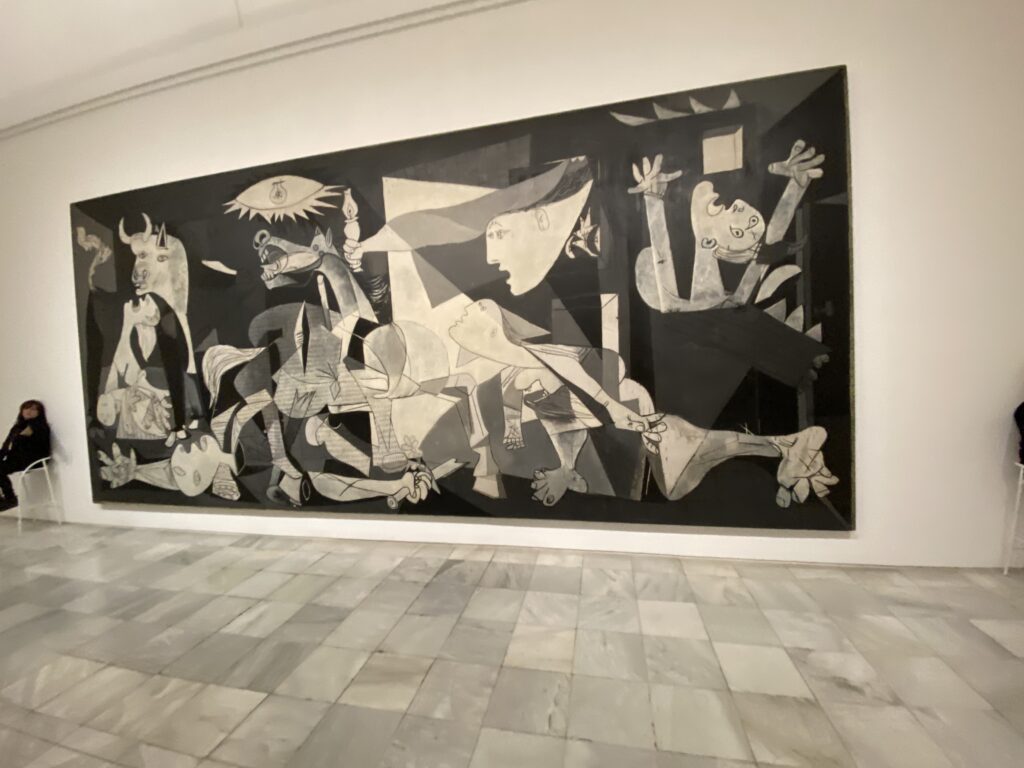
Photo: Bill Wiatrak
I arrived at the Reina Sofia as soon as it opened the next day in hopes of beating the busloads of tourists coming to see it’s biggest draw, Guernica. Unlike Picasso’s other works, Guernica is a monster of a painting that gets it’s own wall as well as two security personnel on either side to scold you for taking photos. It’s impressive and I recommend you read a little about the origin of the painting before you see it. Otherwise, it just looks like a hodgepodge of unhappy cubist characters and animals. The adjoining room is full of Picasso studies that mirror some of the subjects in the painting.
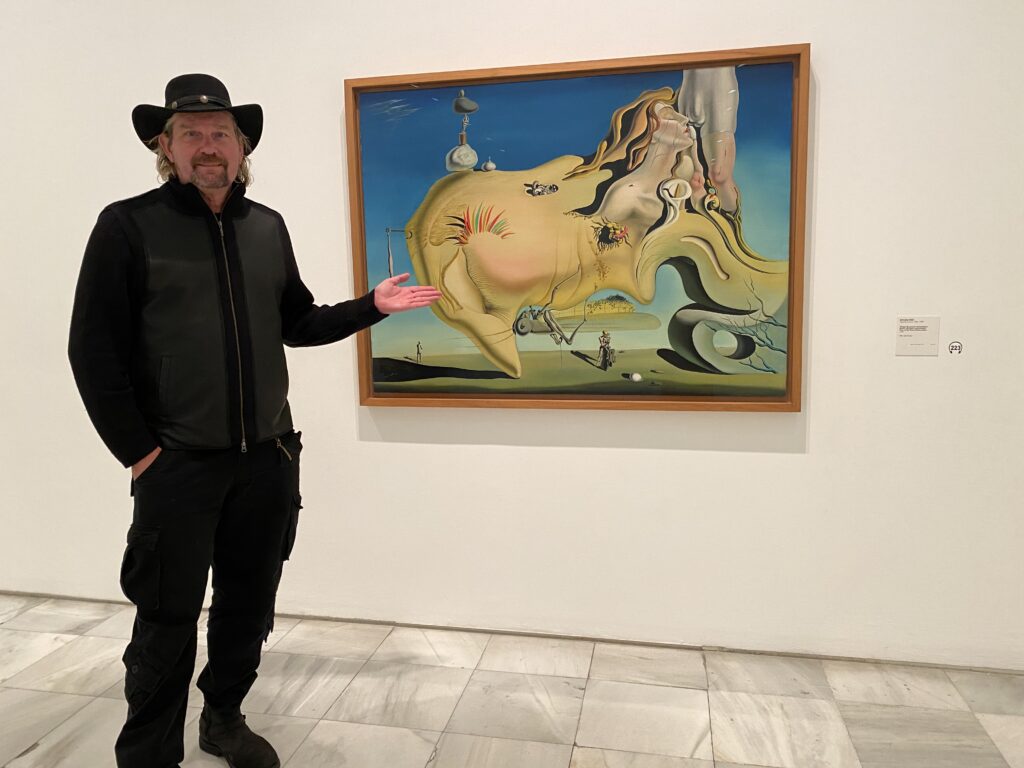
Photo: Natalia Victoria
The museum is spread out on four floors and has some interesting modern art on the first floor, and a lot of the artists you’ve heard of on the second floor. There’s a respectable Dali collection, Miro, and Juan Gris scattered through the multiple rooms, but it’s an easier layout than Prado. There’s a lot of war themed films being shown on walls as well as some disturbing weird black and white clips that came from God knows where. Don’t miss the controversially-named The Great Masturbator by Dali.
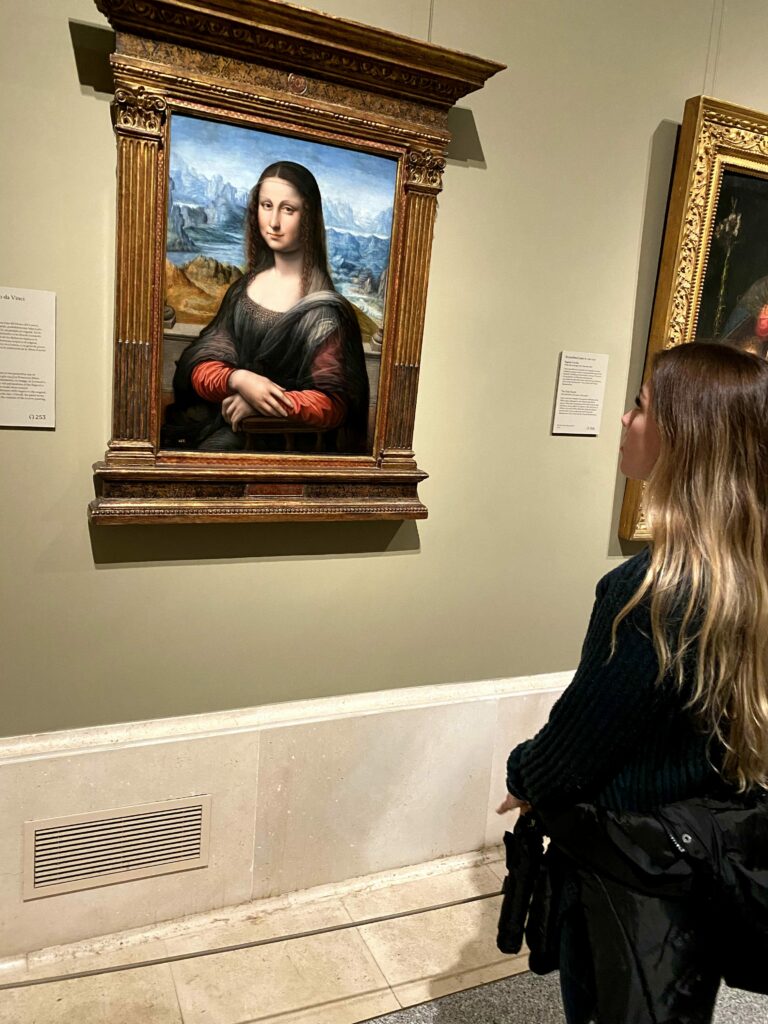
Photo: Bill Wiatrak
After a lunch break, We knocked out the final end of the triangle, the Thyssen-Bornemisza museum. This museum has been described as having all the works that the other two museums are missing. It’s the most intimate of the three, and was full of lots of interesting art . There were a lot of surprising pieces as well. Kandinsky art that wasn’t abstract, Gauguin paintings without naked Tahitians, a Munch that wasn’t screaming and Georgia O’Keefe paintings without erotic flowers. Okay, maybe one erotic flower. If I hadn’t come to see anything in particular, this would have been my favorite museum.
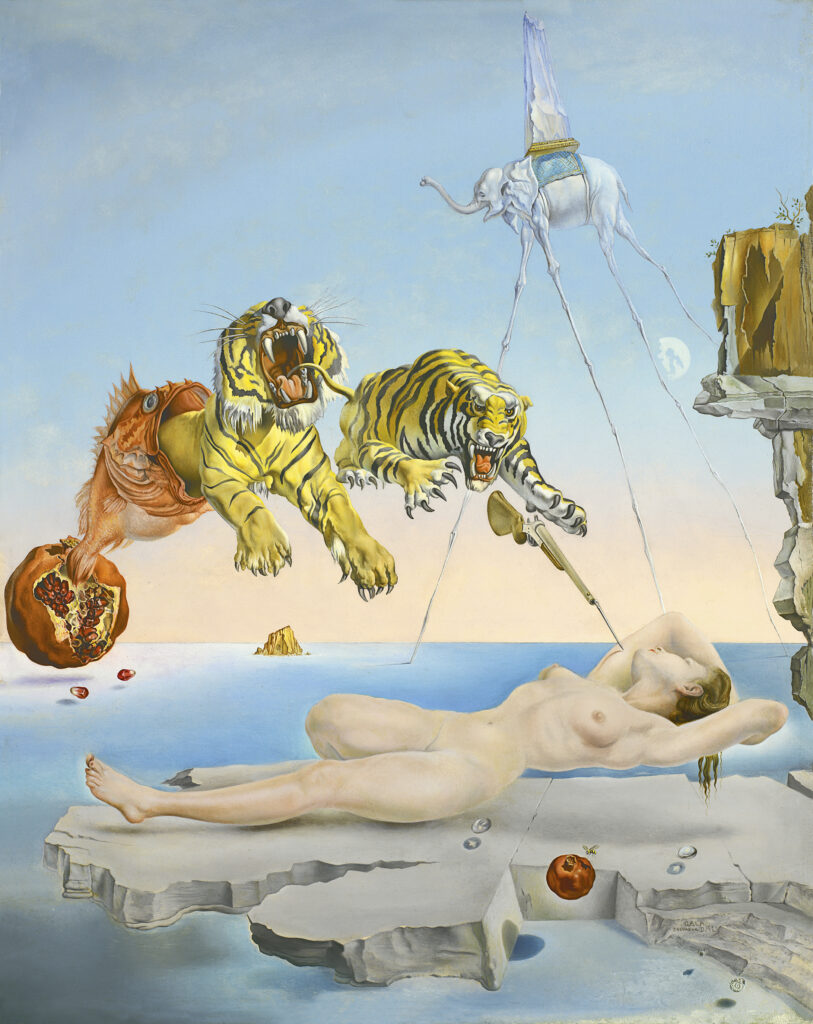
Photo: Wikicommons
There was a small collection of El Greco’s works as well as a lot of Italian artists represented in this gem of a museum. I had considered skipping it because I hadn’t heard much about it, but that would have been a mistake. Cezanne, Manet, Degas, Picasso, Hopper, Rembrandt, and Rubens are all here. It’s an all-star team. Don’t miss the Dream Caused by The Flight of a Bee Around a Pomegranate a Moment Before Waking (yes, that’s a real title) and Portrait of Giovanna degli Albizi Tornabuoni. Apparently the museum’s name isn’t the only difficult name to spell or say aloud.
Iberian airlines and Ryan air have cheap flights into Madrid from every major European city for $100 or less round trip.


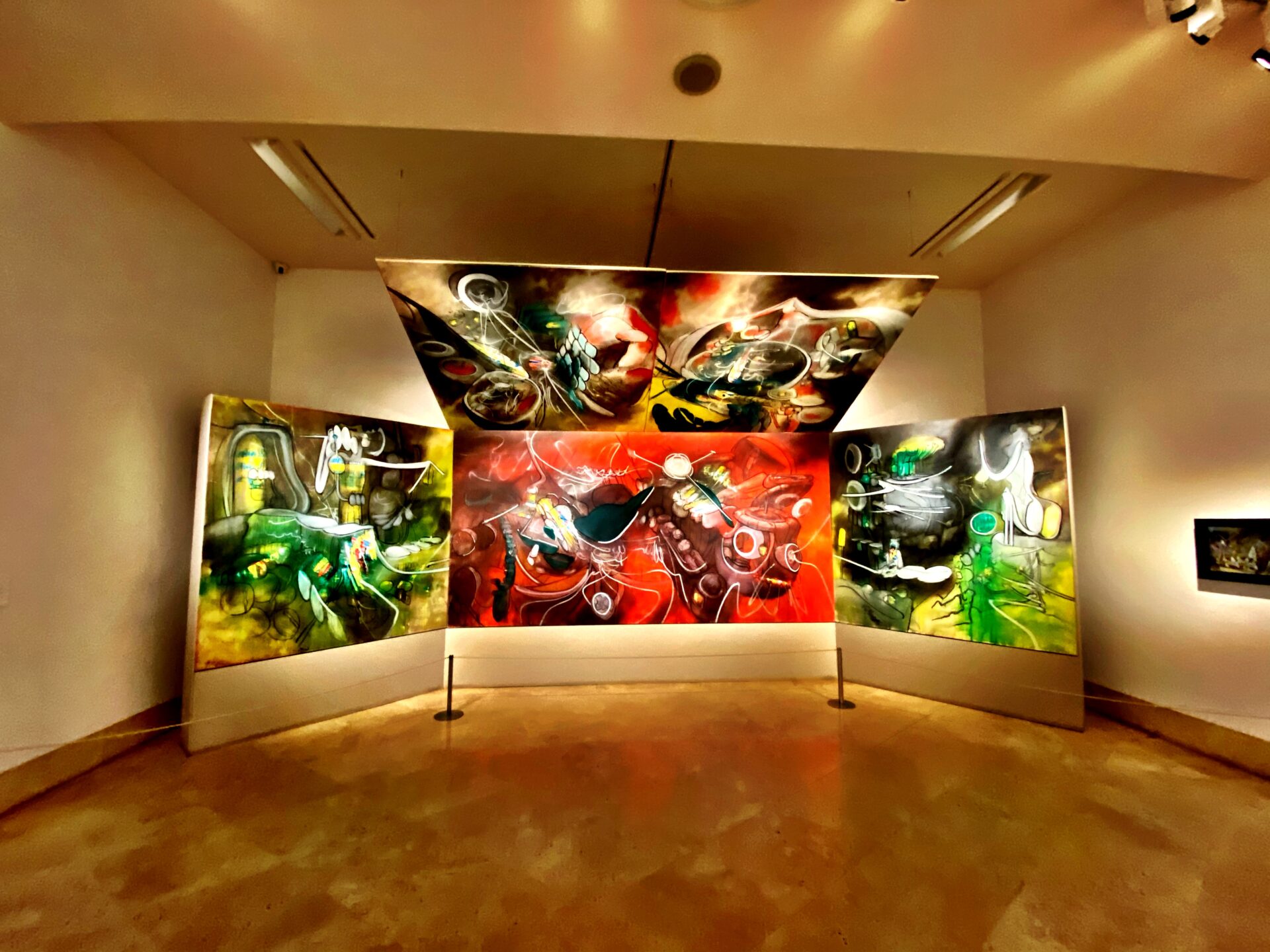


Leave a reply
You must be logged in to post a comment.